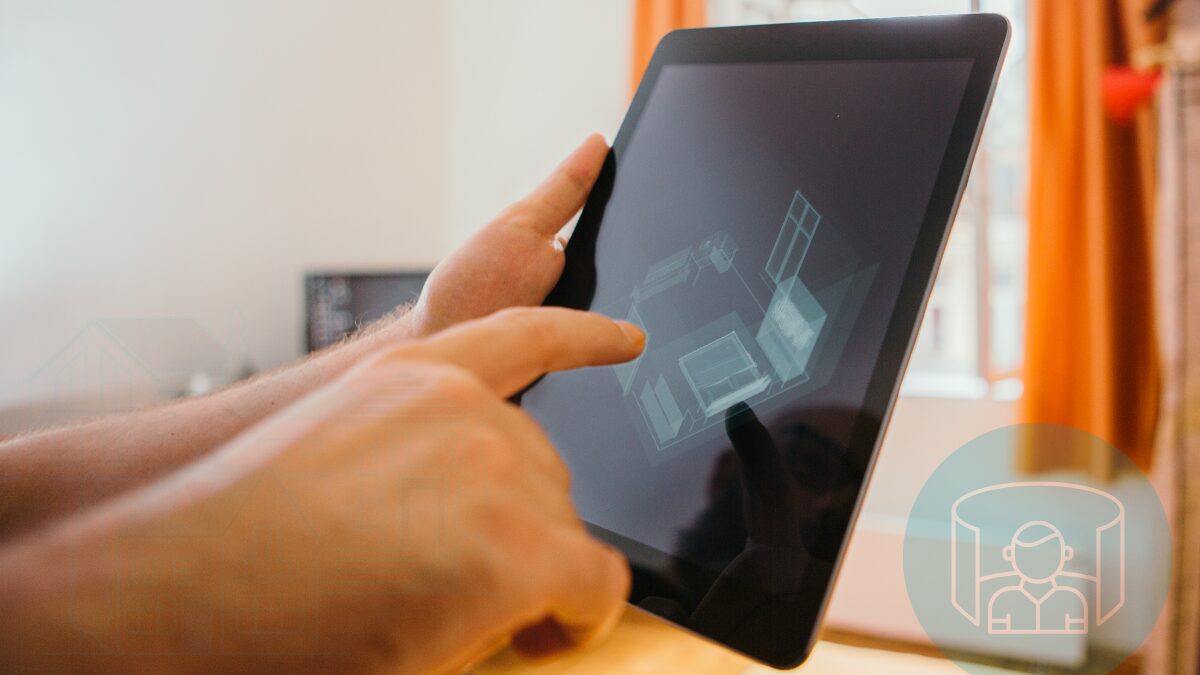The property rental market has seen a dramatic transition towards digital solutions in the last several years, both to technological developments and shifting customer tastes. The usage of virtual tours for remote rental showings is one of the most revolutionary breakthroughs in this field. In addition to making property management more efficient, this technology also makes the whole process better for potential tenants. The essay explores the advantages, how to implement them, and the best practices for using virtual tours for displaying rental properties remotely.
Key Takeaways:
- Virtual tours offer 24/7 property viewing and extend geographical reach to prospective tenants from different locations.
- They save time and reduce travel expenses by minimizing the need for in-person visits and streamlining the showing process.
- Virtual tours make properties stand out in listings, attract more interest, and provide a detailed visualization of the property.
- They offer a realistic view of the property, building trust and reducing misunderstandings between property managers and potential tenants.
Benefits of Virtual Tours
- Convenience and Accessibility
- 24/7 Availability: Prospective tenants can view properties at their convenience, without the need to schedule an appointment.
- Geographical Reach: Virtual tours enable property managers to reach potential tenants who are relocating from different cities or countries.
- Time and Cost Efficiency
- Reduced Travel: Virtual tours eliminate the need for multiple in-person visits, saving time and transportation costs for both property managers and tenants.
- Streamlined Process: With high-quality virtual tours, only genuinely interested tenants will request in-person visits, leading to a more efficient use of time.
- Enhanced Marketing
- Competitive Edge: Properties with virtual tours stand out in listings, attracting more views and interest.
- Detailed Visualization: Tenants can explore the property in detail, including room layouts, finishes, and amenities, which can be difficult to convey through photos alone.
- Increased Transparency
- Accurate Representation: Virtual tours provide a realistic and interactive view of the property, reducing misunderstandings and unmet expectations.
- Trust Building: Offering virtual tours can build trust with potential tenants by providing a transparent and honest representation of the property.
Implementing Virtual Tours
- Choosing the Right Technology
- 360-Degree Cameras: Invest in high-quality 360-degree cameras to capture immersive and detailed images of the property.
- Virtual Tour Software: Utilize software platforms that offer user-friendly interfaces for creating, editing, and hosting virtual tours. Popular options include Matterport, Ricoh Tours, and Zillow 3D Home.
- Planning and Preparation
- Property Staging: Ensure the property is clean, well-lit, and attractively staged to create a positive impression.
- Shooting Strategy: Plan the shoot to include all significant areas of the property, such as living spaces, bedrooms, kitchens, bathrooms, and any unique features.
- Creating the Virtual Tour
- Capture High-Quality Images: Use the 360-degree camera to capture high-resolution images of each room. Take multiple shots to ensure comprehensive coverage.
- Editing and Enhancing: Use the virtual tour software to stitch images together, create seamless transitions, and add enhancements such as labels, descriptions, and interactive elements.
- Integrating Virtual Tours into Marketing
- Listing Platforms: Embed the virtual tour link in property listings on popular rental websites and real estate platforms.
- Social Media and Websites: Share virtual tours on social media channels and the property management company’s website to reach a broader audience.
- Email Campaigns: Include virtual tour links in email marketing campaigns targeting potential tenants.
Best Practices for Virtual Tours
- Maintain High Standards of Quality
- Image Resolution: Ensure images are high-resolution to provide a clear and detailed view of the property.
- Seamless Navigation: Ensure smooth transitions between rooms to enhance the user experience.
- Highlight Unique Selling Points
- Focus on Key Features: Highlight unique and desirable features of the property, such as updated appliances, scenic views, or special amenities.
- Interactive Elements: Add interactive elements such as hotspots, floor plans, and informational tags to provide additional context and details.
- Regular Updates
- Keep Tours Current: Update virtual tours regularly to reflect any changes or improvements made to the property.
- Seasonal Adjustments: Consider updating tours to reflect different seasons, showcasing features like gardens or fireplaces in their best light.
- Engage with Prospective Tenants
- Virtual Open Houses: Host virtual open houses where prospective tenants can join a live tour and ask questions in real-time.
- Follow-Up Communication: After sharing the virtual tour, follow up with personalized communication to address any questions and schedule in-person visits if needed.
FAQs
1. How do virtual tours benefit prospective tenants?
Virtual tours provide prospective tenants with the convenience of viewing properties anytime and from anywhere, giving them a detailed and realistic visualization without needing to visit in person.
2. What technology is needed to create high-quality virtual tours?
To create high-quality virtual tours, you need a 360-degree camera for capturing immersive images and virtual tour software for editing and hosting the tours, such as Matterport or Zillow 3D Home.
3. How can virtual tours enhance property marketing?
Virtual tours enhance property marketing by making listings stand out, attracting more views and interest, and offering an engaging way to highlight key features and amenities of the property.
Conclusion
One major step forward in property management is the use of virtual tours for online rental showings. Virtual tours improve the rental experience for everyone involved, from property managers to tenants, by making things easier, faster, and giving them an advantage over the competition. Improved occupancy rates and happier tenants are possible outcomes of using this technology in conjunction with innovative marketing campaigns and meticulous quality control. In order to keep up with the ever-changing rental market, virtual tours are a must-have.
- Key Strategies to Mitigating risks in Rental Property Investments
- The Essential Role of Property Management Companies
- The Ultimate Guide to Handling Evictions and Tenant Conflicts
- The Hidden Impact of Taxes and Insurance Costs
- Protect Your Property: Essential Practices for Effective Tenant Screening

